OK, so last week was kind of disastrous, but at least it makes for fun reading, right? This week was not nearly so bad. Kurdistan is located in a land of deliciousness. It may have a few other problems, but lack of delicious food is not one of them.
By the way, I'm switching my updates to Sundays. OK, yes, I'm aware that it's Monday. But for the most part, I feel like I should be able to post on Sundays. Between school and work (the paying kind), it's just getting a little too challenging to hit Thursdays with any real consistency.
I generally enjoy food from this part of the world, so I was happy to see Kurdistan especially following my tragic visit to Kosovo. Kurdistan, as you may know, is not actually a country. Rather, it is a "geo-cultural region," which means that it is the home of a specific ethnic group of people who are spread between several different nations. These are the Kurds, who live in parts of Turkey, Iraq, Iran and Syria. So not exactly a land of stability, but yes, a land of deliciousness.
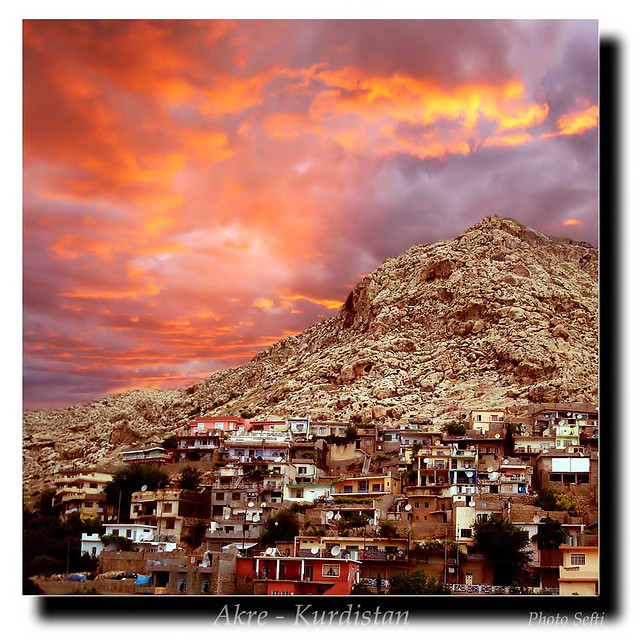 |
Akre, Kurdistan, Ninawa, Iraq. Photo by
Jan Sefti.
|
Regionally, Kurdistan occupies about 74,000 square miles. There are between 25 and 30 million Kurds, most of whom live in one of those four Kurdish regions, though some do reside in other regions.
It is pretty remarkable that an ethnic group of that size doesn't have its own state, in fact, the Kurds are commonly thought of as one of the world's largest nationless ethnic groups. The only country where they've really come close to independence is Iraq--they actually govern themselves semi-autonomously there.
The Kurds are known to be fierce soldiers--they're called Peshmerga, which means "those who face death." They have a reputation as being particularly effective compared to the Iraqi military, though not quite effective enough (so far) to deal with some of the recent violence that's been happening over there.
Until pretty recently, the Kurds were a nomadic people, so traditional Kurdish cuisine is what you would probably expect to find in a culture that once depended economically on animal husbandry. Modern Kurdish cuisine has also taken influence from neighboring cultures: there are Arab, Turkish and Persian influences in the food, too. Here are the three dishes I decided to make:
Xorsht Fesenjan (chicken with pomegranate molasses and walnut)
(from
Faranak's Kurdish Kitchen)
- 1 tbsp olive oil
- 1 medium onion, diced
- 1 whole chicken, cut up
- 4 cups water
- 4 cups ground walnut
- 1 cup pomegranate molasses
- 1 to 2 tbsp sugar
- Salt to taste
- Pinch of saffron
- Pinch of cayenne pepper (optional)
Purgach (Shepherd's Bread)
(from
Kurdish Cuisine)
- 8 1/2 cups flour
- 1 3/4 cups Greek yogurt
- 1 tsp salt
- 3 eggs
- 2 1/2 sticks margarine
Brinji Sor (Kurdish Red Rice)
(from
My Awesome Things)
- 1 1/2 cups Basmati rice
- 1/2 cup oil
- 1 onion, chopped
- 2 tbsp tomato paste
Let's start with the bread. First, mix together the yogurt, egg and salt. Place the flour in a separate bowl and pour the egg and yogurt mixture over it.
Knead until you get a soft dough. Now melt the butter and pour it over the dough.
Keep kneading. When the dough starts to become firm, spread it out in a metal cookie sheet.
Poke holes in it with your finger at intervals of about two inches.
Bake at 400 degrees for 50 minutes, then turn off the oven and let rest inside for another 10 minutes. (Note: mine took less time than that, so keep checking it. It's done when it's a golden color.)
Next, the chicken. First heat up the oil in a large pot and add the onion. Saute until translucent. Add the chicken pieces and let cook on both sides until brown. Add the water and ground walnut.
Now add the pomegranate molasses (regular molasses isn't really a substitute) and the sugar. Finally add the salt, saffron and cayenne (if using). Bring to a boil and then let simmer for one hour or until a meat thermometer registers 175 degrees when inserted into the thickest part of the thigh (note that 165 is actually a safe temperature, but I find that the texture of dark meat is still a little bit unpleasant at 165). The sauce should be pretty rich and thick by the time it's ready to serve.
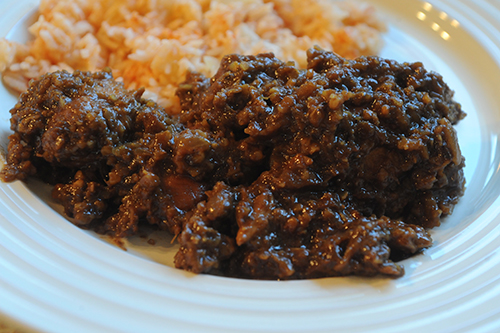 |
| Yeah, it looks kind of like a train wreck. But oh, so good. |
Now for the rice. First rinse it until the water runs clear, then toss it into boiling water for 7 minutes. Meanwhile, heat the oil in a medium-sized pan and lightly saute the onion.
Drain the rice and transfer to a casserole dish and stir in the onions. Mix the tomato paste with the oil and then pour over the rice. Mix well and cover the dish. Place in the oven at 350 degrees for 10 minutes.
Martin raved and raved about the chicken. It was pretty delicious. The sauce actually reminded me of a totally unrelated dish I make with oil-packed sundried tomatoes--it had that really sharp, rich flavor that was similar in a weird way to that sundried tomato sauce. The rice was good too, a nice texture if not really terribly unusual. And we all liked the bread. It was crispy and soft at the same time and was really great for soaking up all that extra yummy sauce.
Yes, I will be making chicken in pomegranate molasses again, provided I can find a good source of pomegranate molasses. It's funny, I actually had some in my pantry already, left over from another Travel by Stove recipe. Martin thinks I'm probably one of only a few people in US who can look at most recipes that use unusual ingredients and go, "Yeah, I'm pretty sure I already have some of that." Although, I have to say I'm constantly amazed by how many strange and wonderful ingredients there actually are in the world.
Next week: Kuwait
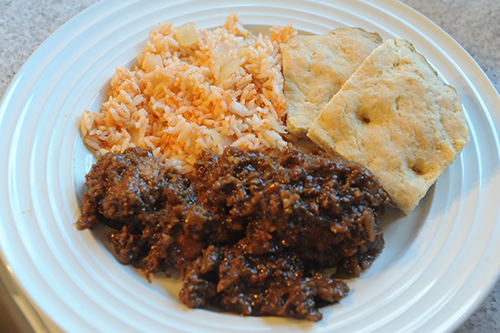

.jpg/800px-Kurdish-inhabited_area_by_CIA_(1992).jpg)
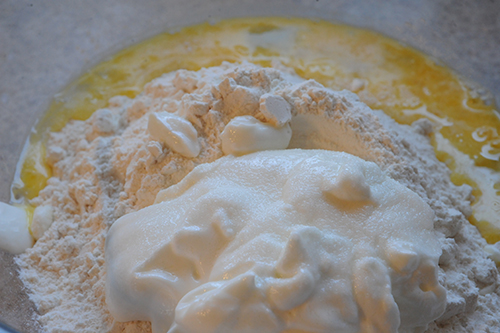
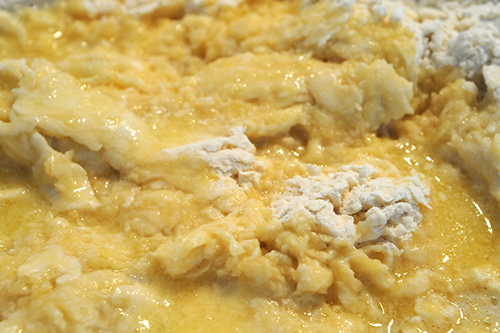
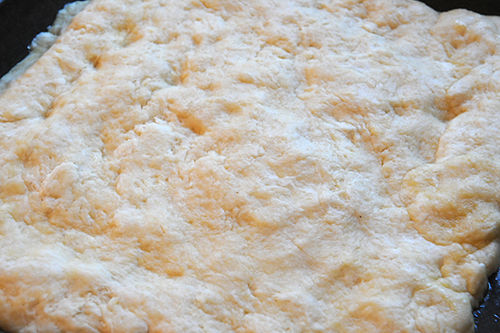
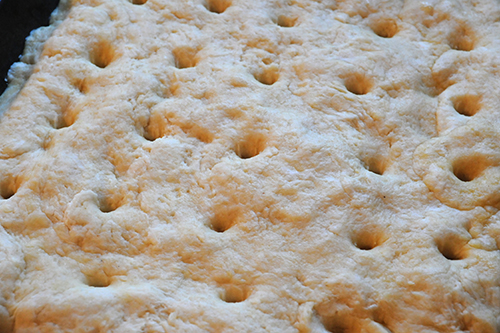
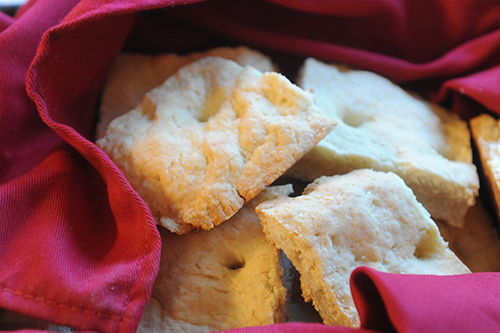
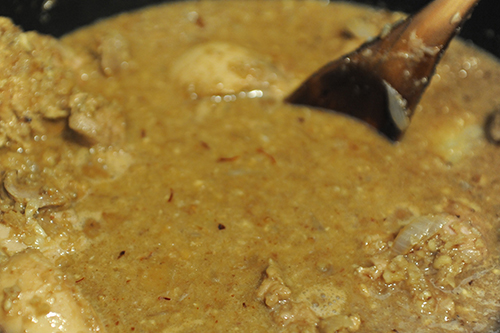

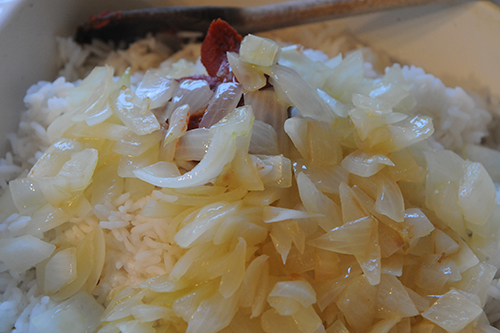
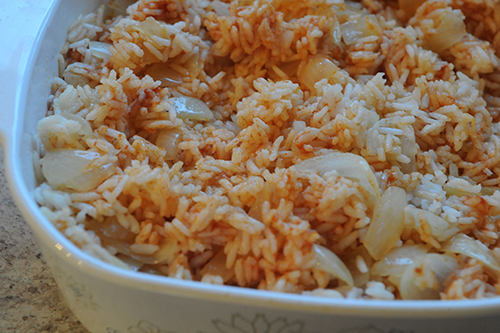











0 comments:
Post a Comment